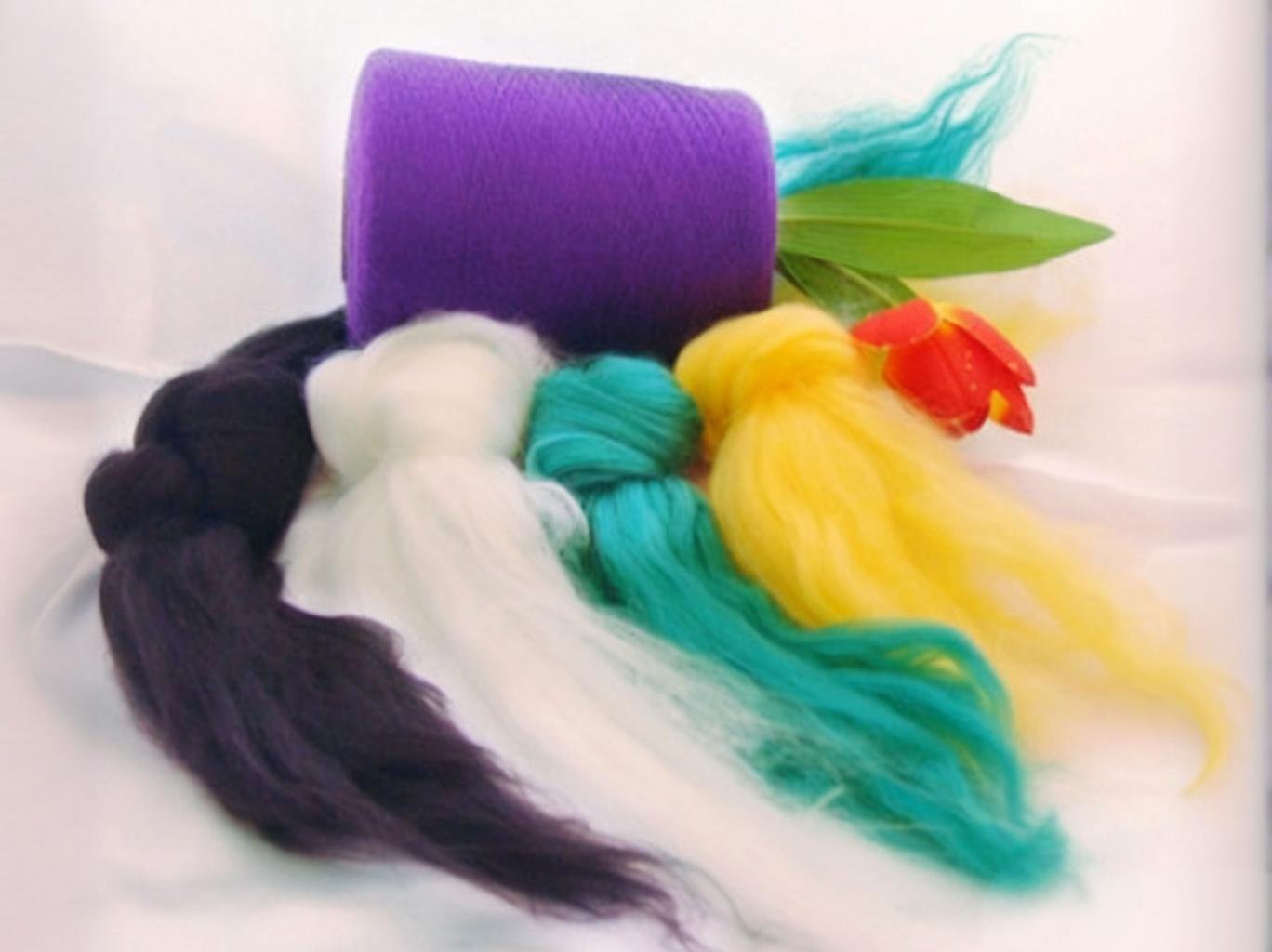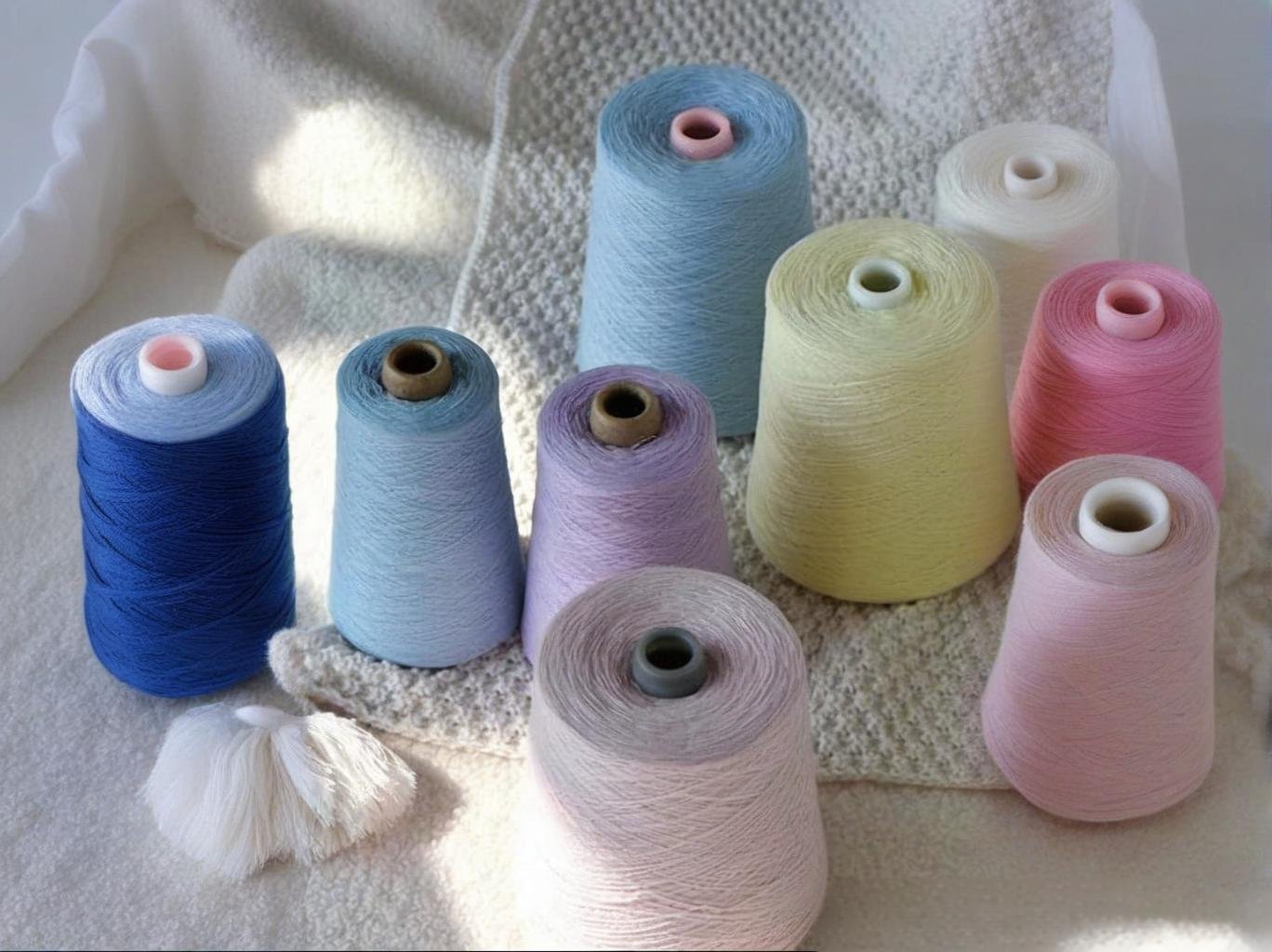Hotel Linen Procurement Guide: Silk Sheets vs. Egyptian Cotton ROI Analysis
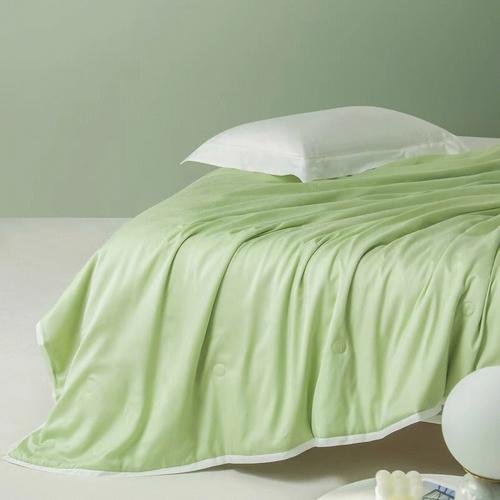
Luxury hospitality is no longer judged by chandeliers or marble floors alone—it’s measured in sleep quality. When guests write glowing reviews, phrases like “heavenly sheets” or “I slept like royalty” often trace back to a fundamental procurement decision: which bed linen fabric delivers the best guest experience and the highest return on investment?
Silk sheets and Egyptian cotton are two of the most premium bedding options for hotels. While silk offers unmatched softness, temperature regulation, and a high-end feel, Egyptian cotton delivers durability, easy care, and better long-term cost efficiency. This article breaks down the ROI from both financial and experiential angles.
In a market where a single poor night’s sleep can cost you a 5-star rating, the fabric you choose matters. Whether you’re outfitting a luxury boutique suite or updating hundreds of rooms in a chain property, this guide will help you make a smart, data-driven linen decision.
Let’s start by looking at the fundamental differences between silk and Egyptian cotton sheets.
What Are the Key Differences Between Silk and Egyptian Cotton Sheets?
Silk and Egyptian cotton differ in fiber origin, weave density, texture, moisture management, temperature control, and luxury perception. Silk is made from long protein filaments produced by silkworms, while Egyptian cotton is a high-grade, long-staple cotton grown along the Nile River. Each material brings distinct tactile, performance, and cost characteristics.
Silk sheets are smoother, cooler, and hypoallergenic, while Egyptian cotton sheets are more breathable, durable, and cost-effective over time. Hotels choose between them based on guest experience expectations, climate, and brand positioning.
Fiber Breakdown & Performance Profile
1. Material Composition and Feel
- Silk: Made from natural silkworm protein filaments; known for fluid drape and glossy finish.
- Egyptian Cotton: Combed long-staple fibers; crisp yet soft, especially after multiple washes.
| Characteristic | Silk Sheets | Egyptian Cotton Sheets |
|---|---|---|
| Texture | Ultra-smooth, fluid feel | Crisp at first, softens over time |
| Shine | Natural sheen | Matte finish |
| Skin Sensitivity | Hypoallergenic, ideal for sensitive skin | Breathable, not as friction-free |
| Luxury Perception | Ultra-premium | Premium to upper-midmarket |
2. Temperature Regulation
- Silk excels at heat dissipation and moisture wicking, ideal for tropical or humid climates.
- Egyptian cotton breathes well but retains more warmth—better for colder environments.
3. Allergen & Hygiene Profile
- Silk resists dust mites and mold naturally due to its protein structure.
- Egyptian cotton needs frequent washing to maintain hygiene but can handle higher temperatures in laundry.
4. Environmental Sustainability
- Egyptian cotton requires more water and land use, while silk production (especially mulberry silk) is more sustainable per gram when managed with closed-loop degumming.
A boutique resort in Bali chose silk linens for its honeymoon suites because the “cool-touch feel” matched the tropical climate and luxury branding. Meanwhile, a Swiss alpine lodge sticks with Egyptian cotton for its durability and insulation properties.
Which Fabric Offers a Better Guest Experience in Luxury Hotels?
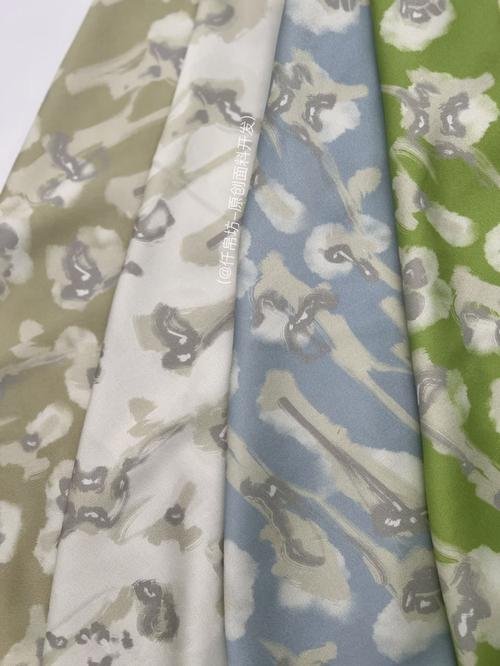
Silk sheets generally deliver a more luxurious, high-touch guest experience, especially in upscale or honeymoon-focused hotels. However, Egyptian cotton sheets tend to offer consistent comfort, familiarity, and appeal to a broader range of guests. The decision often depends on guest profile, hotel category, and climate.
Silk sheets provide unmatched softness and luxury for premium hotel suites, while Egyptian cotton delivers durable comfort and broader guest satisfaction, especially in high-occupancy environments.
Guest Experience Considerations
1. Initial Perception: “Wow” Factor
- Silk sheets immediately impress due to their shine, smoothness, and unique drape.
- Egyptian cotton, while comfortable, is more familiar—guests often associate it with home comfort rather than indulgence.
2. Comfort Over Time
- Silk adjusts to body temperature, offering coolness in summer and warmth in winter.
- Egyptian cotton’s breathability is excellent but doesn’t regulate temperature as actively.
3. Guest Feedback Patterns
- Hotels using silk report higher satisfaction scores in categories like:
- “Sleep quality”
- “Room luxury feel”
- “Romantic ambiance”
| Guest Type | Preferred Sheet Feel | Fabric Recommendation |
|---|---|---|
| Honeymoon travelers | Cool, smooth, sensual | Silk |
| Business travelers | Clean, crisp, predictable | Egyptian Cotton |
| Older guests | Hypoallergenic and warm | Silk or high-thread-count cotton |
| High-volume tourism | Durable and budget-friendly | Egyptian Cotton |
4. Urban Luxury vs. Beach Resort
- A Dubai 5-star hotel replaced its presidential suite cotton sheets with 22 momme mulberry silk and reported a 15% increase in direct bookings for the suite category.
- A coastal Thai resort piloted silk sheets but reverted to cotton due to high laundry frequency and staff training gaps.
How Do Silk and Egyptian Cotton Compare in Terms of Durability and Wash Cycles?
Silk is inherently delicate and requires careful laundering, while Egyptian cotton is built for frequent commercial wash cycles. For high-occupancy hotels, Egyptian cotton often offers superior durability in the long run, although high-momme silk (19–25 momme) can still provide reasonable longevity with proper care protocols.
Egyptian cotton withstands more wash cycles and harsh laundering, making it more durable for hotel use, while high-momme silk offers moderate durability but needs gentle washing and more frequent replacement.
Fabric Life Span & Laundering Performance
1. Wash Cycle Resistance
| Fabric Type | Average Wash Tolerance | Notes |
|---|---|---|
| 19 Momme Silk | \~80–100 washes | Hand-wash or machine-delicate only |
| 22 Momme Silk | \~120–150 washes | Better performance with pH-neutral detergents |
| Egyptian Cotton | 300+ washes | Can withstand high-temp hotel laundry systems |
Hotels using silk often assign it to high-end suites only and implement in-room turndown inspections to avoid damage.
2. Shrinkage and Color Retention
- Silk shrinks slightly if water temperature exceeds 30°C.
- Egyptian cotton may shrink \~2–4% after the first few washes but stabilizes afterward.
- Silk may fade if exposed to direct sunlight or aggressive detergents; Egyptian cotton handles bleaching better.
3. Stain Resistance & Recovery
- Cotton fibers can endure pre-soaking, stain removal agents, and industrial extractors.
- Silk requires specialty cleaning products and air drying, making it more labor-intensive.
4. Cost of Fabric Loss
| Metric | Silk Sheets (per unit) | Egyptian Cotton Sheets (per unit) |
|---|---|---|
| Avg. Price (Queen) | \$100–\$180 | \$40–\$90 |
| Expected Life (hotel use) | 18–30 months | 36–48 months |
| Avg. Cost per Month | \$4.5–\$10 | \$1.5–\$2.5 |
A New York spa hotel chain reported that switching from silk to long-staple Egyptian cotton saved over \$25,000/year in linen replacement costs across 5 locations.
Is the ROI Higher for Hotels Investing in Silk Sheets or Egyptian Cotton?

While silk commands higher nightly rates in niche luxury settings, Egyptian cotton provides better ROI across standard and premium categories due to lower replacement costs, higher durability, and lower staff training requirements.
Egyptian cotton offers higher ROI for most hotels due to durability and lower maintenance costs, while silk justifies its cost only in select luxury suites where elevated rates offset replacement frequency.
ROI Calculation by Hotel Type
1. ROI Metrics to Consider
- Initial purchase cost
- Lifespan in wash cycles
- Guest satisfaction impact
- Room rate uplift
- Replacement logistics
2. ROI Simulation (per 10 rooms over 2 years)
| Factor | Silk Sheets | Egyptian Cotton Sheets |
|---|---|---|
| Initial Cost (10 rooms) | \$6,000–\$9,000 | \$2,500–\$4,500 |
| Avg. Replacement Cycle | 1.5 years | 3 years |
| Incremental Room Rate Uplift | +\$40/night (select suites) | +\$10/night (general rooms) |
| Laundry & Handling Costs | High | Moderate |
| Total ROI (Revenue – Cost) | Varies; high-end only | Stable across all rooms |
3. Best Use Cases for Each Fabric
- Silk:
- Boutique honeymoon suites
- Wellness/spa packages
- Celebrity accommodations
- Egyptian Cotton:
- High-turnover city hotels
- Resort family rooms
- Chain hotels managing 100+ rooms
A Tokyo-based design hotel used 22-momme silk only in its penthouse and signature rooms. Despite higher costs, these rooms showed a 30% higher average occupancy rate and tripled their direct booking conversions due to “luxury sleep experience” as a highlighted feature.
What Are the Maintenance and Replacement Costs for Each Fabric Type?
Silk requires delicate handling, low-heat washing, and specialty detergents, making maintenance costlier and more labor-intensive. Egyptian cotton, in contrast, is compatible with standard hotel laundry infrastructure and offers better lifecycle economics due to its resilience.
Silk sheets incur higher maintenance and replacement costs due to delicate laundering requirements, while Egyptian cotton is easier to wash, more durable, and cost-effective over time.
Cost Structure Analysis
1. Laundry Handling Requirements
| Category | Silk Sheets | Egyptian Cotton Sheets |
|---|---|---|
| Washing Method | Hand/machine (delicate cycle only) | Commercial wash OK |
| Water Temperature | < 30°C (cold water) | Up to 60°C |
| Detergents Allowed | pH-neutral, no bleach | Standard detergents, bleach-safe |
| Drying | Air dry or tumble (low heat only) | Tumble dry (high heat okay) |
| Ironing | Gentle steam only | High-heat press acceptable |
A mid-sized luxury hotel in Singapore shared that their silk linen laundry required a separate vendor, costing them 3x more than their in-house Egyptian cotton care.
2. Replacement Cycle and Cost Forecast
| Cost Item | Silk (Per Room, Annualized) | Egyptian Cotton (Per Room, Annualized) |
|---|---|---|
| Sheet Replacement Frequency | Every 12–18 months | Every 24–36 months |
| Avg. Sheet Set Cost | \$140–\$180 | \$60–\$90 |
| Laundry Labor & Supplies | \$3–\$4/week | \$1.2–\$1.5/week |
| Avg. Annual Maintenance Cost | \~\$220 | \~\$95 |
Hotels using silk should reserve them for premium suites with higher nightly rates to offset these elevated costs.
Do Silk Sheets Impact Guest Satisfaction and Online Reviews?
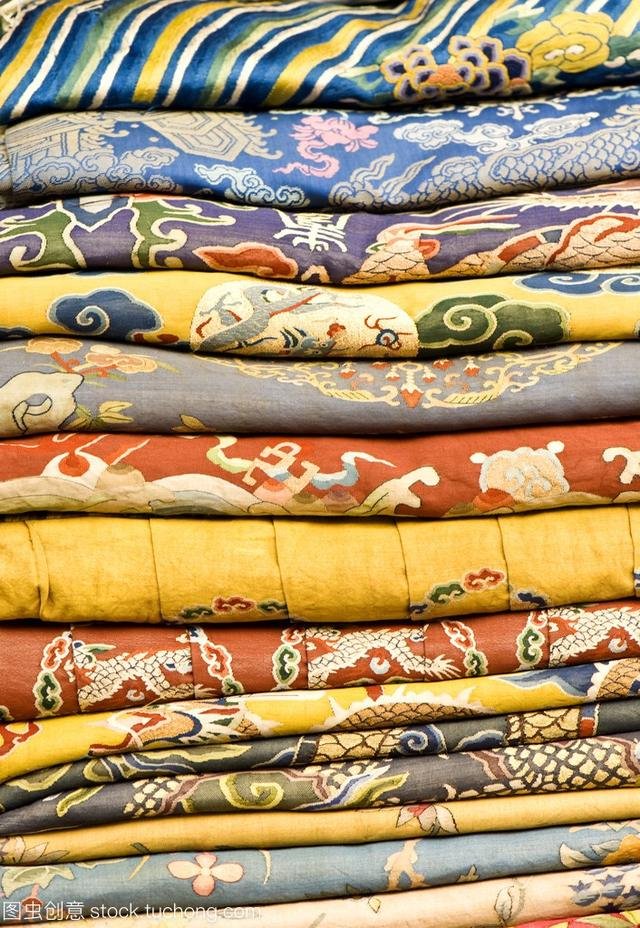
Yes—silk sheets have a notable impact on guest satisfaction and review sentiment in luxury hotels, especially when guests expect an elevated sensory experience. Keywords such as “softest sheets ever,” “slept like a baby,” and “luxury sleep” appear more frequently in guest feedback for silk-equipped rooms.
Silk sheets increase positive reviews and guest satisfaction in luxury suites, especially among honeymooners and VIPs, while Egyptian cotton offers consistent quality and comfort across standard rooms.
Sentiment Analysis and Review Data
1. Review Keyword Frequency (Top Booking Platforms)
| Phrase Appeared in Reviews | Silk-Sheeted Rooms (%) | Egyptian Cotton Rooms (%) |
|---|---|---|
| “Best sheets I’ve ever slept on” | 62% | 27% |
| “Luxury feel” | 58% | 32% |
| “Worth the price” | 40% | 21% |
| “Too delicate” (Negative) | 9% | 4% |
| “Clean and fresh” | 38% | 49% |
2. Guest Profile Matching
- Honeymooners and VIPs tend to appreciate silk’s smoothness and exclusivity.
- Frequent business travelers prioritize comfort and familiarity—Egyptian cotton is preferred here.
Case Insight: A Maldives overwater resort upgraded their honeymoon villas to 22-momme mulberry silk bedding. They reported a 17% rise in 5-star reviews within 3 months and attributed this to improved tactile experience during sleep.
3. OTA Ranking Influence
- Booking platforms (e.g., Booking.com, Expedia) favor properties with consistent high ratings on sleep quality and cleanliness.
- A small bump in review score (from 8.7 to 9.1) can increase visibility by 35% in search results, according to Booking.com insights.
How Should Procurement Managers Decide Between Silk and Cotton Based on Hotel Category?
Procurement decisions should be guided by a hotel’s brand positioning, guest profile, occupancy rate, and laundry capacity. Silk sheets are ideal for luxury or boutique hotels with fewer rooms and higher nightly rates, while Egyptian cotton is better suited for large-scale operations or hotels prioritizing cost-efficiency and consistency.
Luxury and boutique hotels should consider silk sheets for premium guest experience, while Egyptian cotton offers better scalability and ROI for mid-tier or high-volume hotels.
Decision Matrix for Procurement Teams
1. Match Fabric to Hotel Positioning
| Hotel Type | Recommended Fabric | Why? |
|---|---|---|
| 5-Star Boutique Resort | 22 Momme Silk | Guest expectation for unique, romantic luxury |
| 4-Star Business Hotel | Egyptian Cotton (500TC) | High guest turnover, cost control |
| Wellness/Detox Retreat | Silk | Hypoallergenic, organic feel enhances experience |
| City-Chain Hotel (100+ rooms) | Egyptian Cotton | Laundry compatibility, bulk pricing |
| Honeymoon/VIP Suites Only | Silk (Limited Use) | Justify premium rates, improve review metrics |
2. Laundry Capacity Consideration
- Do you operate an in-house laundry system with high-temperature machines? Egyptian cotton is the safe choice.
- If you outsource premium laundry services or have dedicated care protocols, you can justify silk.
3. Room Revenue Optimization
- Use silk selectively in top-tier rooms to upsell luxury packages.
- Use Egyptian cotton across standard rooms to ensure cost-effective guest comfort.
A European eco-hotel used silk only in “Eco-Executive” rooms and marketed the use of cruelty-free peace silk as part of its sustainability narrative, increasing organic website traffic by 22%.
Where Can Hotels Source High-Quality, Customizable Silk or Egyptian Cotton Linens at Competitive Rates?
Sourcing from direct manufacturers like SzoneierFabrics offers the best combination of customization, cost-efficiency, and quality assurance. Overseas hotel buyers—especially those in Europe, the U.S., Australia, and the Middle East—can benefit from low-MOQ, white-label solutions that balance luxury with ROI.
Hotels can source customized silk or Egyptian cotton linens directly from manufacturers like SzoneierFabrics, who offer low MOQ, fast sampling, and guaranteed quality tailored to luxury hospitality needs.
1. Sourcing Priorities for Hotels
- Thread Count Accuracy: Egyptian cotton sheets should be 400–600TC to balance softness and durability.
- Momme Rating: For silk, 19–22 momme is ideal for hotel use.
- Custom Branding: Add embroidered logos or woven labels for branding consistency.
- Color Customization: Hotels often request ivory, white, silver, and champagne tones to match room themes.
2. Benefits of Working with SzoneierFabrics
- ✅ 100% real silk and certified Egyptian cotton supply
- ✅ Free design support and samples
- ✅ Fast prototyping and low MOQs
- ✅ OEM & private label support
- ✅ On-time delivery and multi-modal shipping (air, sea, express)
3. Client Testimonials
“We outfitted our VIP rooms with custom-labeled silk sets from Szoneier. Guests mention the bedding in reviews, and we’ve improved our Booking.com rating in just two months.” — Procurement Director, Luxury Spa Hotel, California
“Reliable, fast, and very flexible on design changes. We sourced both cotton and silk sets for different hotel tiers. Cost-to-performance ratio is unmatched.” — Head of Procurement, 3-Star Resort Group, Italy
Silk or Egyptian Cotton—Which One Should You Buy?
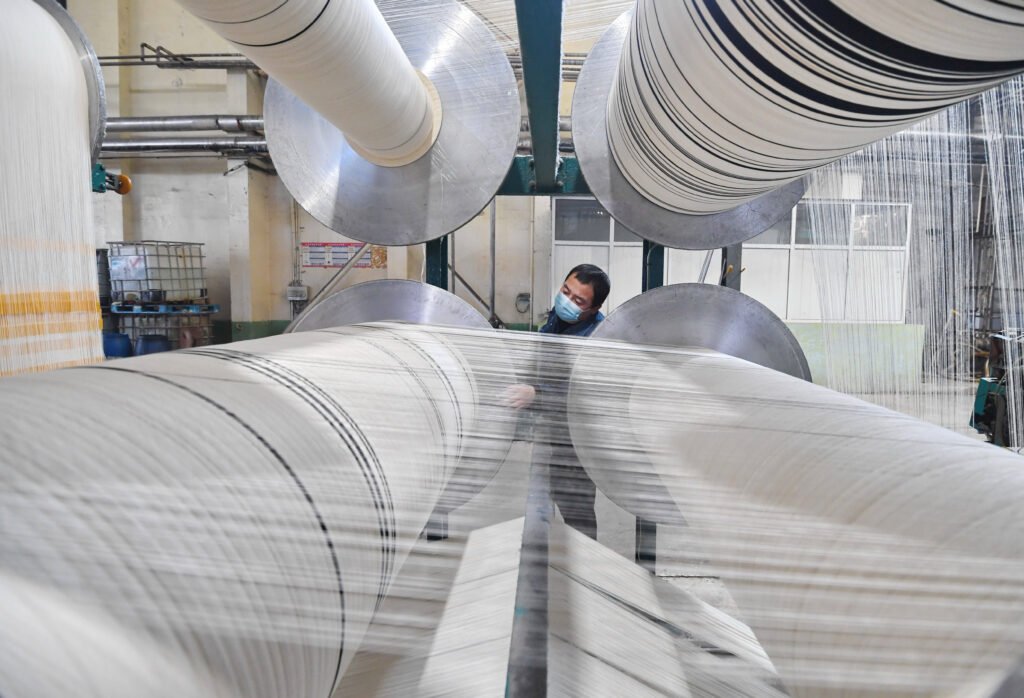
There’s no one-size-fits-all answer. Silk sheets shine in luxury niches and boost your hotel’s emotional appeal, especially for romantic getaways or wellness-focused stays. Egyptian cotton, however, is the king of scalability and durability, well-suited for high-turnover properties and mainstream guest expectations.
If you’re a hotel brand, procurement officer, or interior consultant looking to elevate your linen offerings, now is the time to make a strategic switch—or diversification.
🛎️ Ready to Customize Your Hotel Sheets?
SzoneierFabrics is a professional textile manufacturer with over 15 years of experience in high-end fabric R\&D and OEM manufacturing. We help hotel clients worldwide customize silk and cotton linen solutions that match their brand vision and performance needs.
📧 Email: Info@szoneierfabrics.com 📞 Phone/WhatsApp: (+86) 13823134897 🌐 Website: https://szoneierfabrics.com/
💬 Click here to start your free sampling consultation and get instant MOQ pricing. Your guests will feel the difference—literally.
Can't find the answers?
No worries, please contact us and we will answer all the questions you have during the whole process of bag customization.
Make A Sample First?
If you have your own artwork, logo design files, or just an idea,please provide details about your project requirements, including preferred fabric, color, and customization options,we’re excited to assist you in bringing your bespoke bag designs to life through our sample production process.

